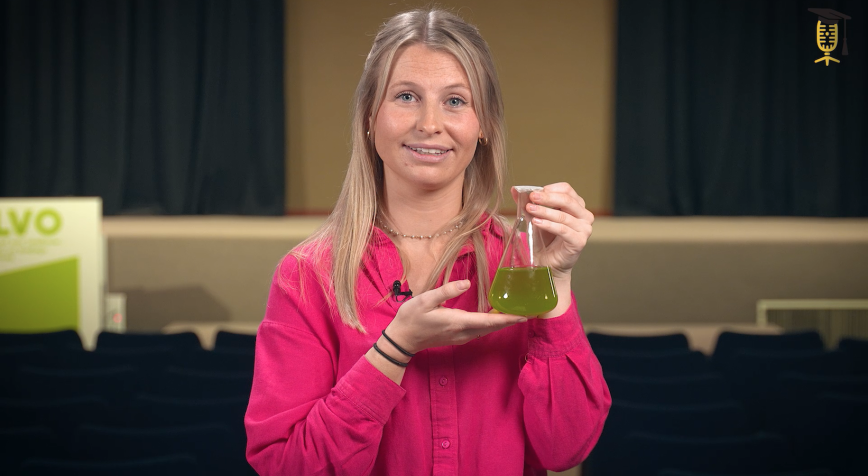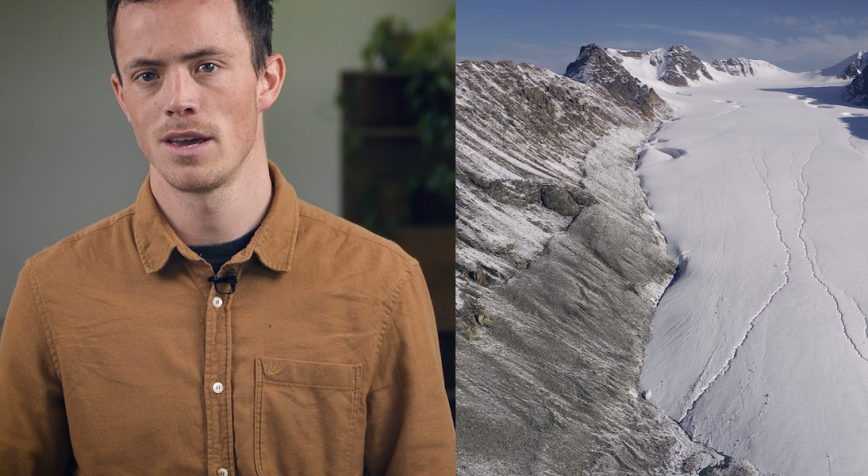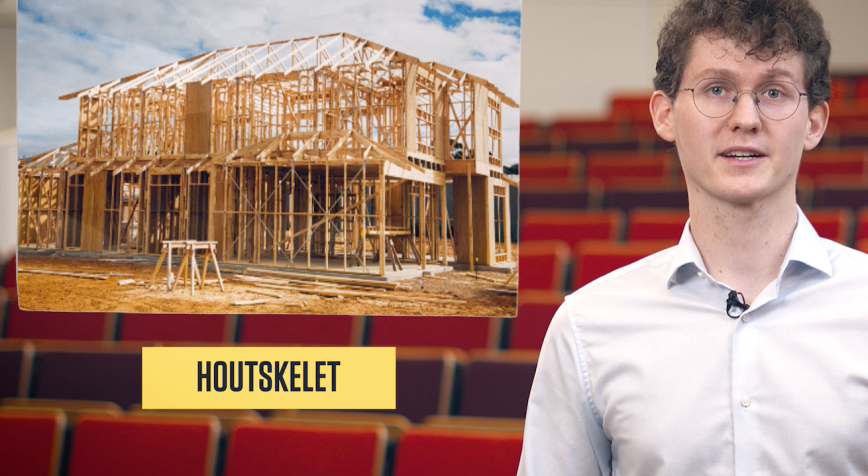About the research
Plants capture CO2 and, through photosynthesis, convert it into green leaves. Over the past 30 years, the increase in CO2 in the atmosphere has thus led to a widespread increase in the number of green leaves around the world. But recently, there has been a shift: the increase in the number of green leaves is slowing down even though CO2 levels are still rising. Vaidehi Narsingh (Imec - UAntwerp) is determined to find out why that happens, hoping these insights will help us mitigate the effects of climate change.
Sustainability
Environment
Contact Vaidehi





